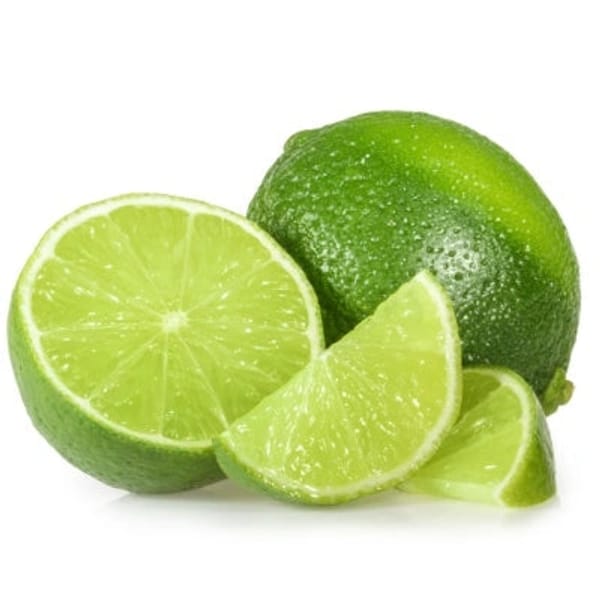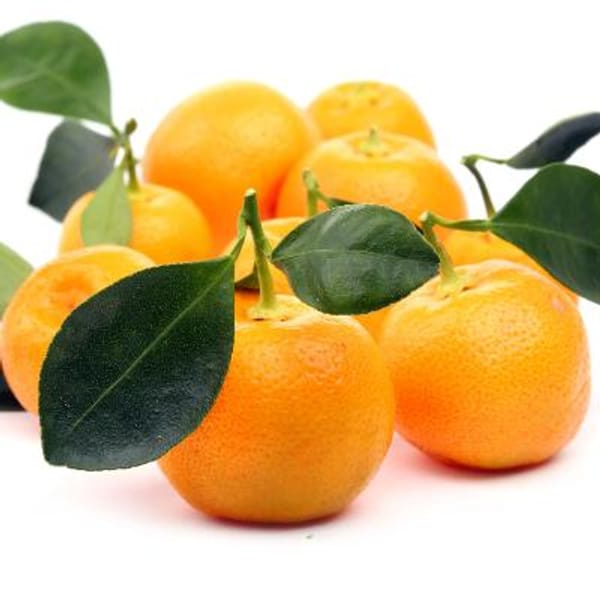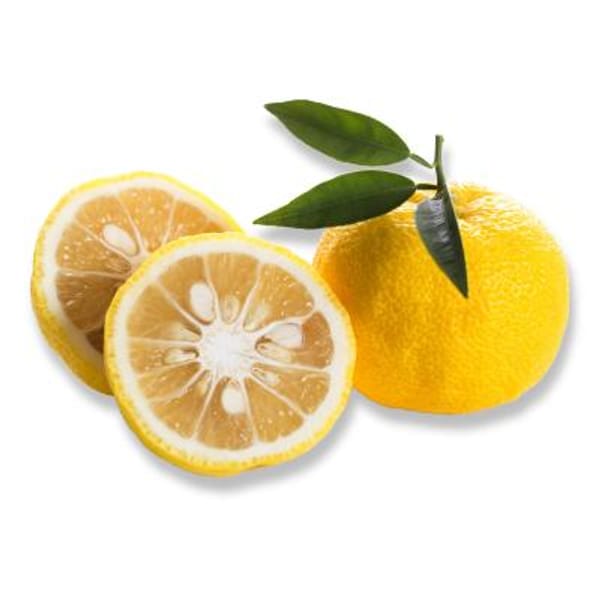- Mid-Season Ripening
- This cute little mandarin tree produces very sweet, seedless, easy-to-peel fruit about the size of a walnut.
- This variety of mandarin is popular in Japan.
- Since the fruit is small and soft, it is not grown commercially, but it is becoming a home gardener's favorite.
- Self-fertile
- A citrus fruit with three or fewer seeds is classified as seedless.
- Best for Zones 8-11/ Protect below 32 F
- For Zones 4-7, you can grow this tree in a pot and bring it indoors for the winter.
- Grafted onto a semi-dwarf rootstock
- Height at maturity: 10'-15' in the ground/ 7'-8' in pots
- Read All About the Kishu Mandarin Tree
- By law, we cannot ship citrus trees to Alabama, Texas, Arizona, or Florida.
Read About Acclimating Your New Citrus Tree
Lee nuestra guía aquí : Guia de cultivo para citricos
Get in the know about HLB(Huanglongbing / Citrus Greening Disease) and help save your community's citrus. Only source citrus trees from reputable growers.
SAVE ON SHIPPING: We can now ship potted fruit trees in MULTIPACK BOXES. Order as a 3-pack or 6-pack to save on the cost of shipping! This includes ALL PRIMO and ENTRY sized citrus, olive, fig, avocado trees and passion vines.
-
SAVE ON SHIPPING: We can now ship potted fruit trees in MULTIPACK BOXES. Order as a 3-pack or 6-pack to save on the cost of shipping! This includes ALL PRIMO and ENTRY sized citrus, olive, fig, avocado trees and passion vines.
- Each citrus-producing state, including California, prohibits the importation of citrus trees from other citrus-growing states. Therefore due to agricultural restrictions, we cannot ship citrus trees to Alabama, Texas, Arizona, or Florida. We can ship all other non-tree items to these states.
- no customer pick-up
- We do not ship any items to the US Virgin Islands, Guam, Puerto Rico or to API/APO addresses, or to other countries at this time.
Click here for Shipping Information
Primo Size Trees: Tree height ranges from 24"-36" tall and the trees are grown in a 5"x5"x12" air pruning tree pot. Tall Size Citrus trees have been grown to maximize root development in order to meet the demand of our growers. The goal with this product is to provide a top-quality tree that is branched nicely and well rooted in a container size that is economical to ship. Tall Size Citrus trees are pruned with intention to get you a beautifully developed canopy with proper branching starting at or above the 24” mark.









